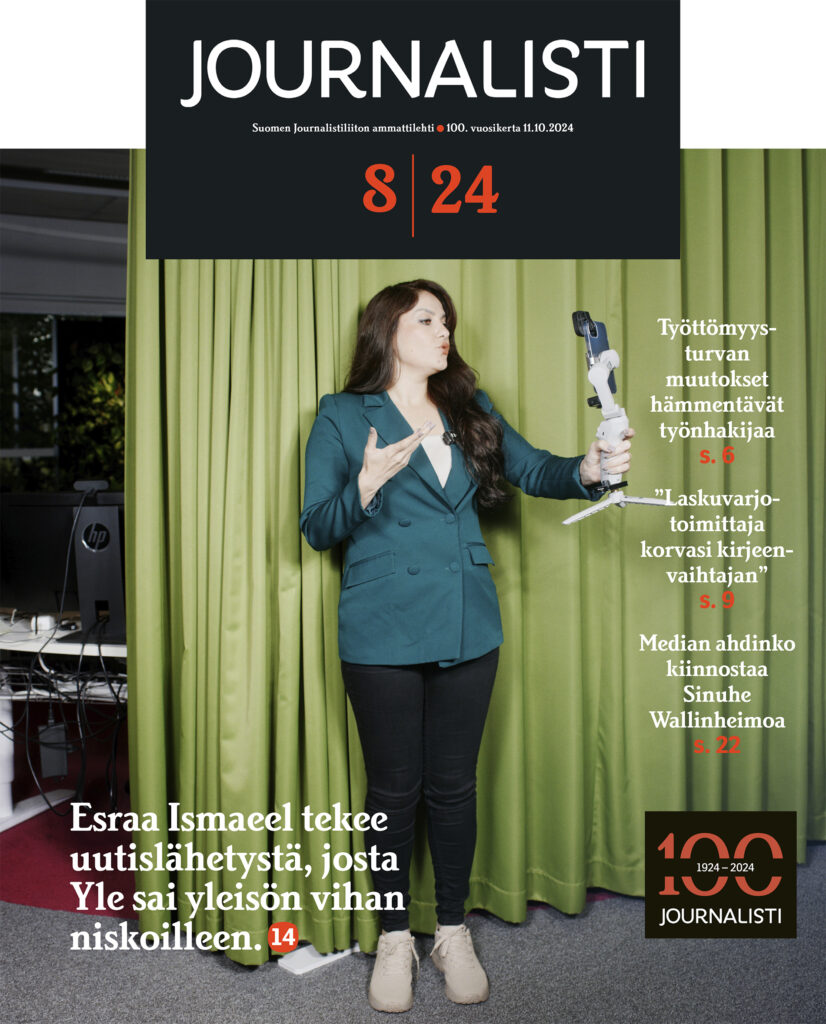”One of the editors fainted due to your article”, the editor informed me when paying the fee.
The editor lost consciousness while reviewing photos from a ritual performed by Mari traditionalists (pagan believers), where I captured the process of making flatbreads from the blood of a sacrificial animal. Of course, this photo did not make it into the article. The publisher did not want to traumatize the psyche of the ”Russian urban majority”, which is not familiar with any kind of traditional culture.
For over 20 years, I have been writing articles about the Finno-Ugric minorities in Russia. Not just writing, of course: I created and administered online media for the Finno-Ugrians, attempting to make the Russian media agenda more tolerant towards the presence of national minorities in Russia and their issues.
The Finno-Ugric peoples constitute an ethnolinguistic community. In Russia, over three million people identify themselves as Finno-Ugric. Most of them are indigenous peoples in their respective regions.
According to the official Russian historical narrative, the Finno-Ugrians joined the Russian state peacefully as less-developed stateless peoples. The reality is far from that: from a post-colonial perspective, these are colonized peoples enduring the double burden of both Russian imperialism and the poor quality of socio-economic institutions in Russia.
The Finno-Ugric minorities in Russia do not differ from the Russian majority in appearance, attire, names, or surnames. I am a representative of one of the Finno-Ugric minority. Externally, we are indistinguishable from Russians. Moreover, many representatives of the Finno-Ugric groups have been assimilated by the Russian state, and this process continues today, further artificially aligning us with the Eastern Slavs, which we are not.
Russia is a highly hierarchical country. Russians, not necessarily ethnically Russian, often believe that there is a hierarchy among the peoples of Russia: at the top, the greatest, culturally educated Russian people. Next to them are other Eastern Slavs, Belarusians and Ukrainians, who are close enough to Russians to merge into a single Russian nation. Other people in this hierarchy are placed lower – they are of secondary importance. Not everyone thinks this way, but many do.
In the early 2000s, as a professional journalist with Finno-Ugric roots, wanting to write about the Finno-Ugrians. However, I faced many difficulties, and significant questions troubled my mind about how to make the narratives of Finno-Ugric issues interesting to the Russian majority.
I tried to write and create awareness in the media. I also had to figure out how to make sure no one fainted and that Finno-Ugrians were adequately represented in the media.
What I have done. I dedicated some of my articles to the topic of the heritage of the Finno-Ugric indigenous peoples in Russian culture and language. In the heart of the European part of Russia lived the Finno-Ugric peoples Merya and Meshchera, (these tribes were one of the most assimilated, and now they are part of the Russian nation) who left their mark on Russian traditional culture.
I can’t say that I did this solely to help the indigenous peoples. However, it was a new and interesting, uncovered topic – no journalist had written about it. Meanwhile, when I wrote the stories it immediately elicited a significant emotional response from readers, both positive and negative, indicating that people were genuinely concerned about the topic.
My articles about long-assimilated Finno-Ugric minorities sparked public discussion, both online and offline. Additionally, my stories on the Merya heritage in Russian culture contributed to the emergence of the Meryan ethno-futuristic movement.
Using journalistic methods, I would say, a small vaccination of democratization was made in views of Russians as a complex community, contrary to the traditional hierarchical narrative of Slavic conquerors who came to the territory of the modern northern part of European Russia and subdued this “wild” territory.
Of course, the further escalation of Russian propaganda after 2014, and especially the repression of the media since 2022 have pushed genuine Russian journalism into the underground and abroad. During the first month of the Russian-Ukrainian war, there were almost no independent media left in Russia. Military censorship and a ban on disseminating information that did not coincide with the position of official government sources were introduced in the country.
Besides, journalism of national minorities in Russia has undergone qualitative degradation during this time. Although there were still independent online issues about Finno-Ugric peoples in Russia 10 years ago, even if not officially registered as mass media, today our media are almost only public pages on social networks.
Still, a time-tested saying claims that one must live long in Russia. So, let’s see.
“I didn’t understand a word, it’s nonsense”, said the surprised and disappointed photographer Alexey Gusskov from Moscow, with whom we went to cover the Tver Karelians. He stood in line at a mobile store (caravan) in a remote Karelian village where all roads ended. Behind and in front of him stood only short Karelian grandmothers, speaking the Karelian language.
“I thought we would find something like American Indians here, but it seems like Moomins”, joked Alexey. An interesting comparison, I thought, so I am also involved in the decolonization of Moomins. And that’s a good occupation!
Journalisti is publishing articles by international students from Haaga-Helia to mark the 100th anniversary of Journalisti.

Uusimmassa lehdessä
- Kohu arabiankielisistä uutisista kuumensi repivän Yle-rahoituskeskustelun. Uutisankkuri Esraa Ismaeel on seurannut keskustelua ihmeissään.
- Sinuhe Wallinheimo kiinnostui kaupallisen median ahdingosta ja hakeutui Ylen hallintoneuvoston johtoon. Läheiset välit Vesa-Pekka Kangaskorpeen ovat hänelle arka paikka.
- Kulttuurin leikkaukset hukkaavat ammattitaitoa peruuttamattomasti

